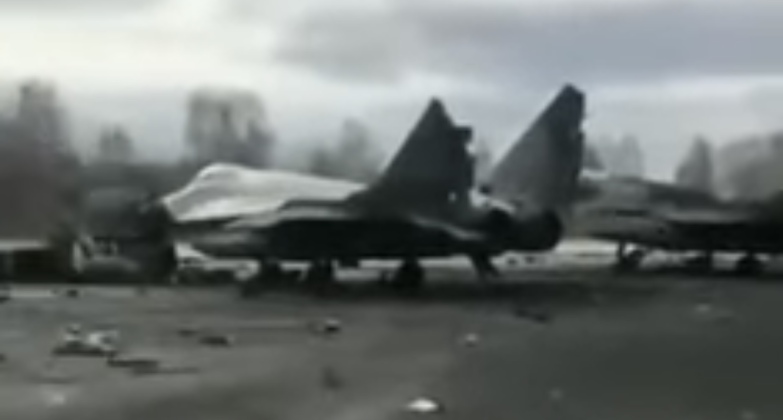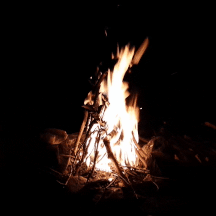As the Russian military intervention in Ukraine approaches its fourth week the Russian Air Force has expanded the scope of airstrikes to engage targets in Ukraine’s western regions. With the Russian Army having gained considerable ground in eastern Ukraine, where it has enjoyed considerable public support in the largely Russian speaking regions, the stronghold of Ukraine’s strongly Western aligned government has long been in the west. Although some targets in western Ukraine have been engaged since the outbreak of hostilities, a notable example being there Ukrainian Air Force Su-27 fighter shot down over Kiev on February 25 by a Russian S-400 missile battery, one of the first indicators of an intention to push an air campaign further westwards was the air battle over the western city of Zhytomir on March 5 which saw four more Su-27s shot down – likely by Russian Su-35 fighters. The Russian Defence Ministry announced on March 11 that unspecified “high precision long-range weapons” had been employed to strike targets near the cities of Lutsk and Ivano-Frankivsk in western Ukraine near the borders with Poland and Slovakia, which included two airbases

Russia has used a wide range of weapons for long range precision strikes including ship-launched Kalibr subsonic cruise missiles and ground launched Iskander hypersonic ballistic missiles. Significant damage to Ukrainian bases from Russian missile strikes has been observed in the past, and on March 9 it was announced that 90 percent of Ukraine’s military airports had been destroyed. Lutsk and Ivano-Frankivsk have served as key logistical hubs, with the former also hosting a maintenance depot for MiG-29 fighters’ RD-33 engines which was reportedly neutralised. The possibility of Ukraine receiving new MiG-29 fighters from NATO member states, most notably Poland, has been raised in the past which may have been a factor in the decision to target the facility. Russian sources have reported that supply depots housing missiles delivered from NATO states, most notably Javelin anti tank missiles, have also been targets for a number of its strikes. The expansion of air attacks comes as Moscow has warned that Western convoys entering Ukraine could be subjected to strikes, with a not insignificant possibility remaining that Russian forces in the country could in the coming days be reinforced and make a stronger push westwards.
